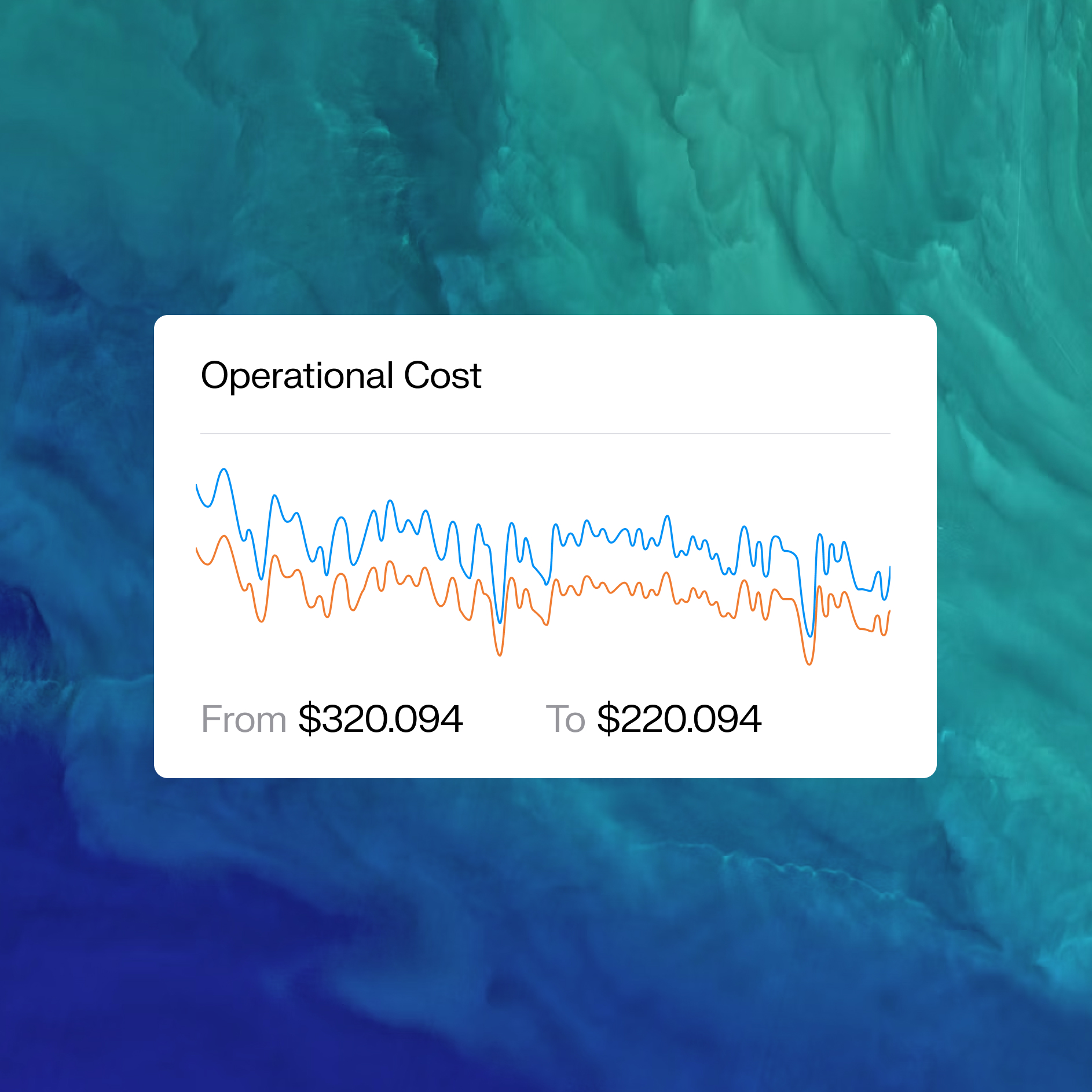The global data center market is experiencing unprecedented growth, driven by the explosion of cloud services, artificial intelligence applications, and enterprise digital transformation. According to JLL, colocation vacancies have dropped to historic lows, driving rent increases of up to 50% in certain markets. While this trend highlights the extraordinary demand for digital infrastructure, it also reveals an underlying challenge: the energy footprint of data centers. As operators grapple with higher rents and limited capacity, energy management is becoming a central pillar for ensuring both financial competitiveness and environmental responsibility.
Surging Demand and Market Pressures
Vacancy rates in colocation data centers are shrinking rapidly across North America. Hyperscalers and enterprises alike are competing for scarce capacity, fueling a surge in rental prices. For example, in Northern Virginia, the world’s largest data center hub, demand continues to exceed supply, leading to delays in new construction and fierce competition for existing space. The result creates financial pressure while also adding a compounding effect on energy demand. Each new tenant adds to the facility’s load, requiring greater resilience from both operators and local utilities.
The ripple effect is clear: as rents climb, tenants are more sensitive to total cost of occupancy, including energy bills. For colocation providers, the ability to optimize electricity consumption and deliver sustainable power sourcing has become a differentiator in a crowded and expensive market.







